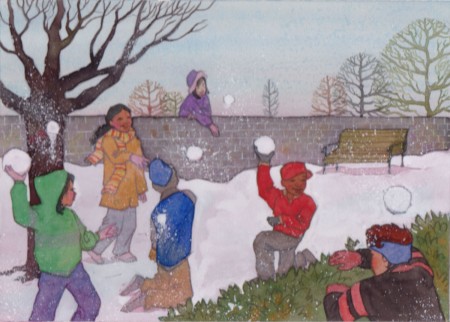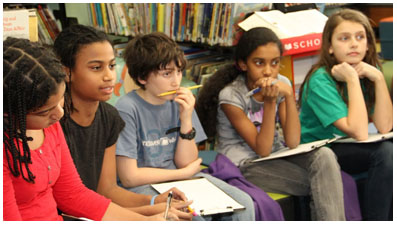 Jill Eisenberg, our Resident Literacy Expert, began her career teaching English as a Foreign Language to second through sixth graders in Yilan, Taiwan as a Fulbright Fellow. She went on to become a literacy teacher for third grade in San Jose, CA as a Teach for America corps member. She is certified in Project Glad instruction to promote English language acquisition and academic achievement. In her column she offers teaching and literacy tips for educators.
Jill Eisenberg, our Resident Literacy Expert, began her career teaching English as a Foreign Language to second through sixth graders in Yilan, Taiwan as a Fulbright Fellow. She went on to become a literacy teacher for third grade in San Jose, CA as a Teach for America corps member. She is certified in Project Glad instruction to promote English language acquisition and academic achievement. In her column she offers teaching and literacy tips for educators.
As the holidays charge forth, many teachers reach for their tried-and-true holiday read-aloud bin. It can be very tricky to select just the right text for the holidays. November and December are wonderful months to expose our children to as many cultures as possible and share how different families celebrate holidays in their homes. I encourage teachers, librarians, and literacy advocates to use this time of year not only to explore rituals, traditions, and core values, but also to recognize and celebrate the different kinds of families our children have.
Like many of our literacy partners, we are always looking for fresh stories that demonstrate the core values of the season: empathy, respect, gratitude, service, honesty, community, self-reflection, and responsibility. What better way to teach these abstract concepts than with books that reflect our students’ experiences at home and relationships? 
Continue reading →













